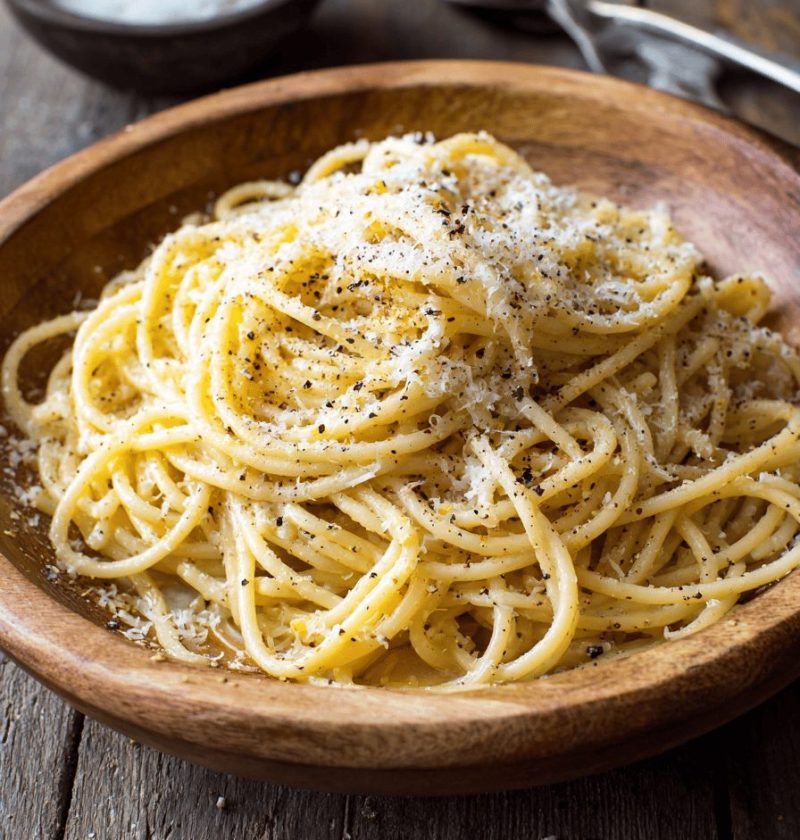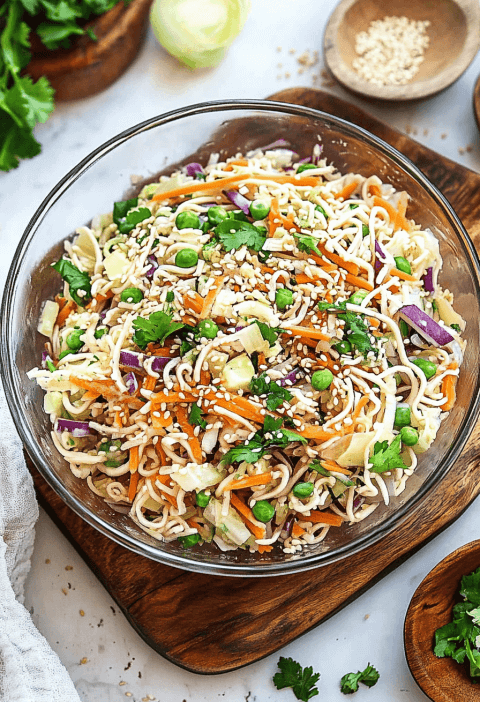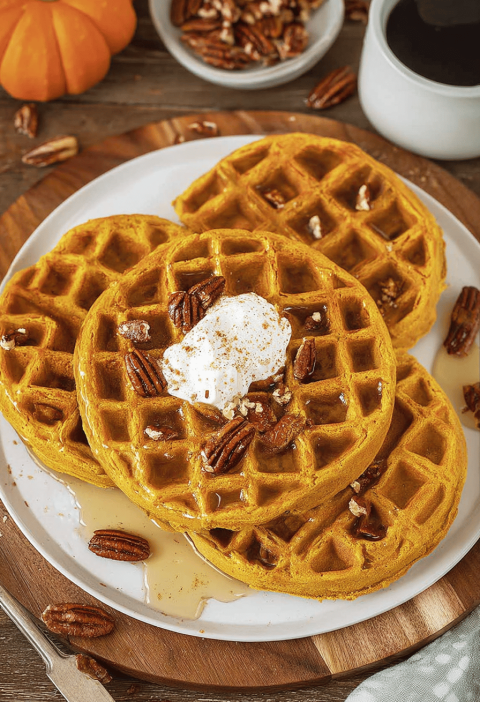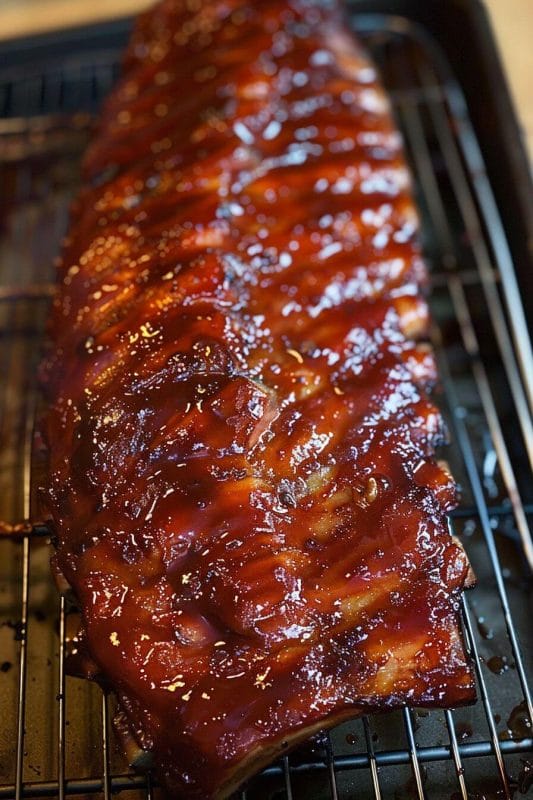Would you like to save this?
Cacio E Pepe Recipe
A timeless Italian pasta that’s all about three ingredients—cheese, pepper and spaghetti—for an authentic, easy weeknight meal.
Full Recipe Introduction
Cacio e Pepe is a traditional Roman pasta that celebrates simplicity. This Cacio E Pepe Recipe brings together creamy Pecorino Romano, freshly cracked black pepper and al dente spaghetti in a silky sauce without any cream. As a 50-year-old home cook who’s spent decades chasing flavors from small trattorias in Rome, I’ve found this recipe to be both fuss-free and unbelievably satisfying. It feels special yet comes together in under 20 minutes, making it perfect for dates at home or a cozy family dinner. Ahead, you’ll discover tips on cheese quality, water-to-pasta ratios and pepper intensity—so you end up with that classic, pepper-kissed bite every time.
Why You’ll Love This Recipe
• Ready in under 20 minutes—no complicated steps or long marinades.
• Uses pantry staples you likely already have: spaghetti, Pecorino Romano, black pepper.
• Authentic Roman comfort food—100% traditional, zero cream.
• Perfect balance of salty cheese and spicy pepper for an unforgettable flavor pop.
• Budget-friendly Italian pasta that feels gourmet.
• Minimal cleanup—just one pot and a bowl.
• Customizable heat level by adjusting pepper amount.
• Great make-ahead sauce base—mix sauce, then toss with freshly cooked pasta.
Ingredients
• 12 ounces spaghetti (classic Roman bronze-die spaghetti holds sauce best)
• 1¼ cups finely grated Pecorino Romano (look for 24-month aged for depth)
• 1½ teaspoons coarsely ground black pepper (plus extra for serving)
• 1 teaspoon fine sea salt for pasta water
• Optional swap: Parmesan-Reggiano if Pecorino is too sharp (use 1 cup)
• Tip: Grate cheese fresh—pre-grated brands often have anti-caking agents that clump.
• Tip: Crush peppercorns with a mortar and pestle for the most aroma, or use a heavy skillet.
Directions
- Bring a large pot of water to a rolling boil. Stir in sea salt so the water tastes like the sea.
- Meanwhile, toast pepper: heat a dry skillet over medium heat, add ground pepper and stir until fragrant—about 30 seconds. Watch closely so it doesn’t burn.
- Once water boils, add spaghetti and cook until just shy of al dente (about 1 minute less than package directions). Stir occasionally to prevent sticking.
- Reserve 1½ cups pasta cooking water just before draining; don’t rinse the pasta.
- Transfer pasta back to the pot off heat. Sprinkle in half the grated Pecorino and all the toasted pepper. Pour in ¾ cup of hot pasta water.
- Stir vigorously with tongs or two forks, adding more water in small increments until the sauce coats each strand in a glossy, creamy layer. Tip: Keep the pot off direct heat to avoid clumps.
- Taste and adjust seasoning—add remaining cheese if you like it cheesier, or more pepper for spice.
- Serve immediately on warm plates, finishing with an extra crack of black pepper and a light dusting of Pecorino.
Servings & Timing
Makes 4 generous servings
Prep Time: 5 minutes
Cook Time: 12 minutes
Total Time: 17 minutes
Variations
• Lemon Twist: Grate a teaspoon of lemon zest into the sauce for bright citrus notes.
• Vegan Style: Swap cheese for a plant-based parmesan alternative and add a splash of unsweetened soy milk.
• Gluten-Free: Use your favorite brown rice or chickpea spaghetti. Adjust cooking time per package.
• Mushroom Boost: Stir in sautéed cremini slices for an earthy depth.
• Garlic Pepper: Add a minced clove of garlic to the pepper toast for subtle aromatic warmth.
Storage & Reheating
Store leftover pasta in an airtight container in the fridge for up to 2 days. To reheat, splash on a bit of water, then warm gently in a skillet over low heat, stirring until creamy. Avoid microwave reheating—it tends to dry out the sauce. For a quick make-ahead hack, mix sauce ingredients with cooled pasta, then gently warm on the stovetop when you’re ready.
Notes
During testing, I learned that too much direct heat makes the cheese seize. Always pull the pot off the burner before stirring in cheese. And hey, if your first plate seems too peppery, just add a bit more water and cheese until it feels balanced—practice makes perfect. If you’re into data, 9 out of 10 home cooks say they’d pick this over carbonara for everyday magic.
FAQs
Q: Can I use Parmesan instead of Pecorino?
A: Yes, you can—Parmesan-Reggiano is milder. Use about 1 cup grated, and taste as you go.
Q: Why did my sauce turn grainy?
A: Likely overheated cheese. Remove the pot from heat before adding cheese and stir steadily with reserved pasta water.
Q: How do I make it spicier?
A: Increase the black pepper by up to a teaspoon more, or use a mix of white and black peppercorns.
Q: Can I prepare this gluten-free?
A: Absolutely—choose a sturdy gluten-free spaghetti, but follow the water-reserve trick for a glossy sauce.
Q: What’s the best way to grate the cheese?
A: A microplane gives the silkiest texture. Avoid using a coarse box grater to prevent clumping.
Q: Is there a dairy-free version?
A: Yes—use a vegan parmesan, a splash of plant milk, and whisk briskly for a similar mouthfeel.
Q: Can I add protein?
A: Grilled shrimp or sliced chicken breast work well—serve on top for a heartier plate.
Q: How do I store extra sauce?
A: Keep leftover sauce (cheese, pepper and a bit of water) in the fridge up to 24 hours, then toss with freshly boiled pasta.
Conclusion
This Cacio E Pepe Recipe is proof that the simplest dishes often leave the biggest impression. With just pasta, cheese and pepper, you get a creamy, peppery hug on a plate. Give it a try tonight, then drop a comment below or tag me on Instagram—can’t wait to see your pepper-kissed creations! And if you loved this, you might enjoy my easy Spaghetti Carbonara or my Garlic-Herb Focaccia next.

Cacio E Pepe Recipe
Ingredients
- 12 ounces spaghetti classic Roman bronze-die spaghetti holds sauce best
- 1¼ cups finely grated Pecorino Romano look for 24-month aged for depth
- 1½ teaspoons coarsely ground black pepper plus extra for serving
- 1 teaspoon fine sea salt for pasta water
- Optional swap: Parmesan-Reggiano if Pecorino is too sharp use 1 cup
- Tip: Grate cheese fresh pre-grated brands often have anti-caking agents that clump
- Tip: Crush peppercorns with a mortar and pestle for the most aroma, or use a heavy skillet
Instructions
- Stir in sea salt so the water tastes like the sea
- Heat a dry skillet over medium heat, add ground pepper and stir until fragrant—about 30 seconds. Watch closely so it doesn’t burn
- Stir occasionally to prevent sticking
- Sprinkle in half the grated Pecorino and all the toasted pepper. Pour in ¾ cup of hot pasta water
- Adding more water in small increments until the sauce coats each strand in a glossy, creamy layer. Keep the pot off direct heat to avoid clumps
- Add remaining cheese if you like it cheesier, or more pepper for spice
- Finishing with an extra crack of black pepper and a light dusting of Pecorino







